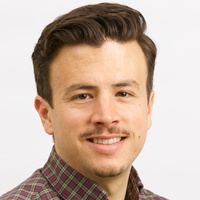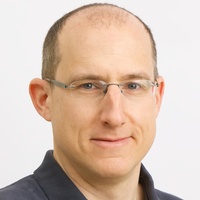I was interviewed for the position of Eawag Director in November 2005. In the interview, I presented my thoughts on gaps and opportunities in water research and stated the goals that I would pursue as Director of Eawag (See my presentation here). The search committee asked me to articulate a long term vision for Eawag, which I declined to do. I felt that it was important to develop this vision together with Eawag’s successful, productive, and highly engaged researchers. I identified learning “(more) about EAWAG, about ETHZ and EPFL, [and] about Swiss environmental issues” as one of the first steps that I would take as Eawag Director.
When I arrived at Eawag in January 2007, the discussion about the Development Plan 2008-2011 was just starting. Through the writing of this and 3 subsequent Development Plans (2012-2016, 2017-2020, and 2021-2024), I became convinced that the 4-year planning timeframe is very appropriate for Eawag and is particularly well suited to the types of long-term investments that Eawag actually makes.
Eawag’s most important long-term investment is in the hiring of tenure-track (and occasionally tenured) researchers. Decisions about hiring and promotion are unquestionably the most important (and sometimes the most difficult) decisions that the Directorate has to make. During my tenure as Director, 31 researchers have been appointed or promoted to permanent positions. In addition, 11 professors have been appointed at degree-granting institutions based on a formal commitment of support from Eawag. These are the people who will shape Eawag’s future long after my retirement at the end of 2022.
Events will always occur that demand agile and flexible responses. The nature of these events may sometimes be anticipated but rarely their timing. It is critical that Eawag’s scientific, technical and administrative staff has the capacity, skills and resources to respond effectively to unanticipated events, challenges, and opportunities. The ability to attract outstanding people – to all types of positions – is a key component of Eawag’s success. It was also one of the goals that I articulated in my 2005 interview.
In my view, long term planning means being aware of megatrends in society and their implications – both positive and negative – for Eawag. One such megatrend is digitalization – Eawag has taken deliberate steps to build its capacity in digitalization, data mining and data sciences for water research (D3 for water), which is a focus of the (draft) 2021-2024 Development Plan.
Another objective stated in the draft Development Plan is to align Eawag’s problem-driven and/or solution-oriented research with societal needs. To this end, we will use the targets of the Sustainable Development Goals (SDGs) as an organizing framework. Cross-referencing the SDG targets will allow us to show how Eawag’s research is relevant to society in a concrete and tangible manner.
As Eawag’s activities evolve to address emerging societal needs, we are guided by the mandate in research, education and expert consulting that we share with the other institutions in the ETH Domain. Our researchers have ample opportunity to advance aquatic science and technology within Eawag’s thematic boundaries, defined as the chemistry, physics, biology and microbiology of water; ecology of aquatic systems; drinking water and wastewater treatment technologies; relationships between water, society and nature; and sustainable management of water supply and resources.














0 Comments
No comments found!